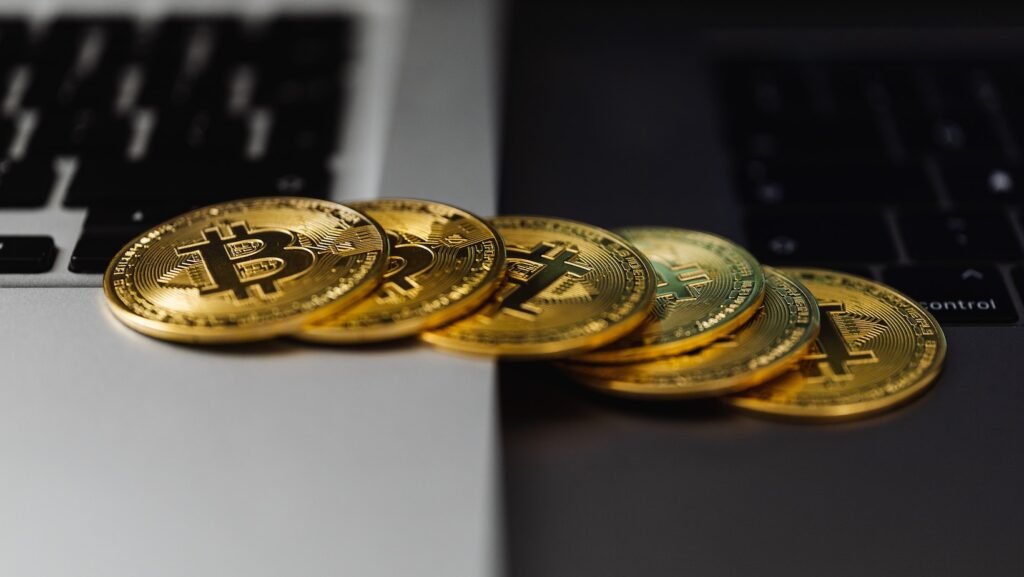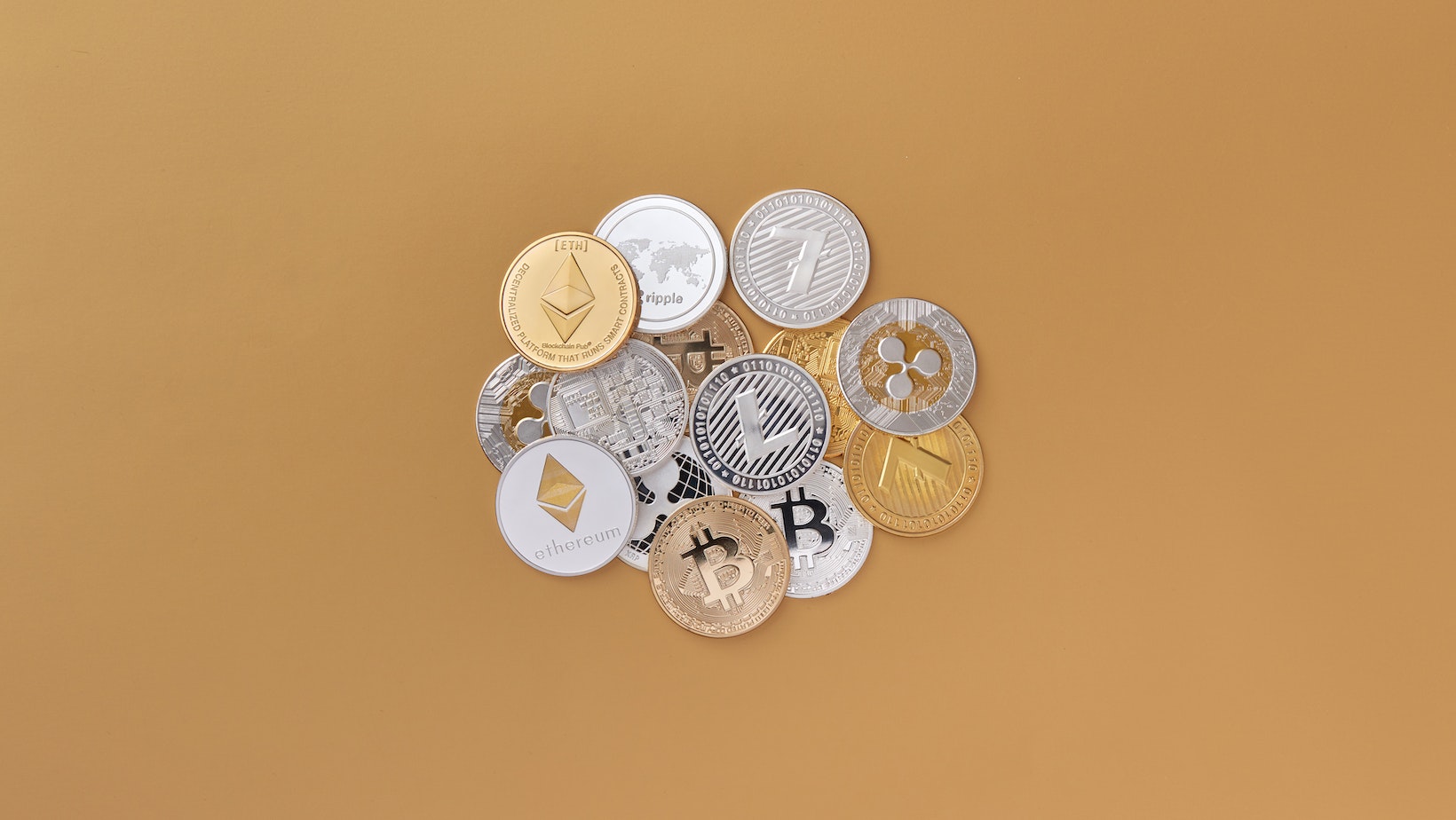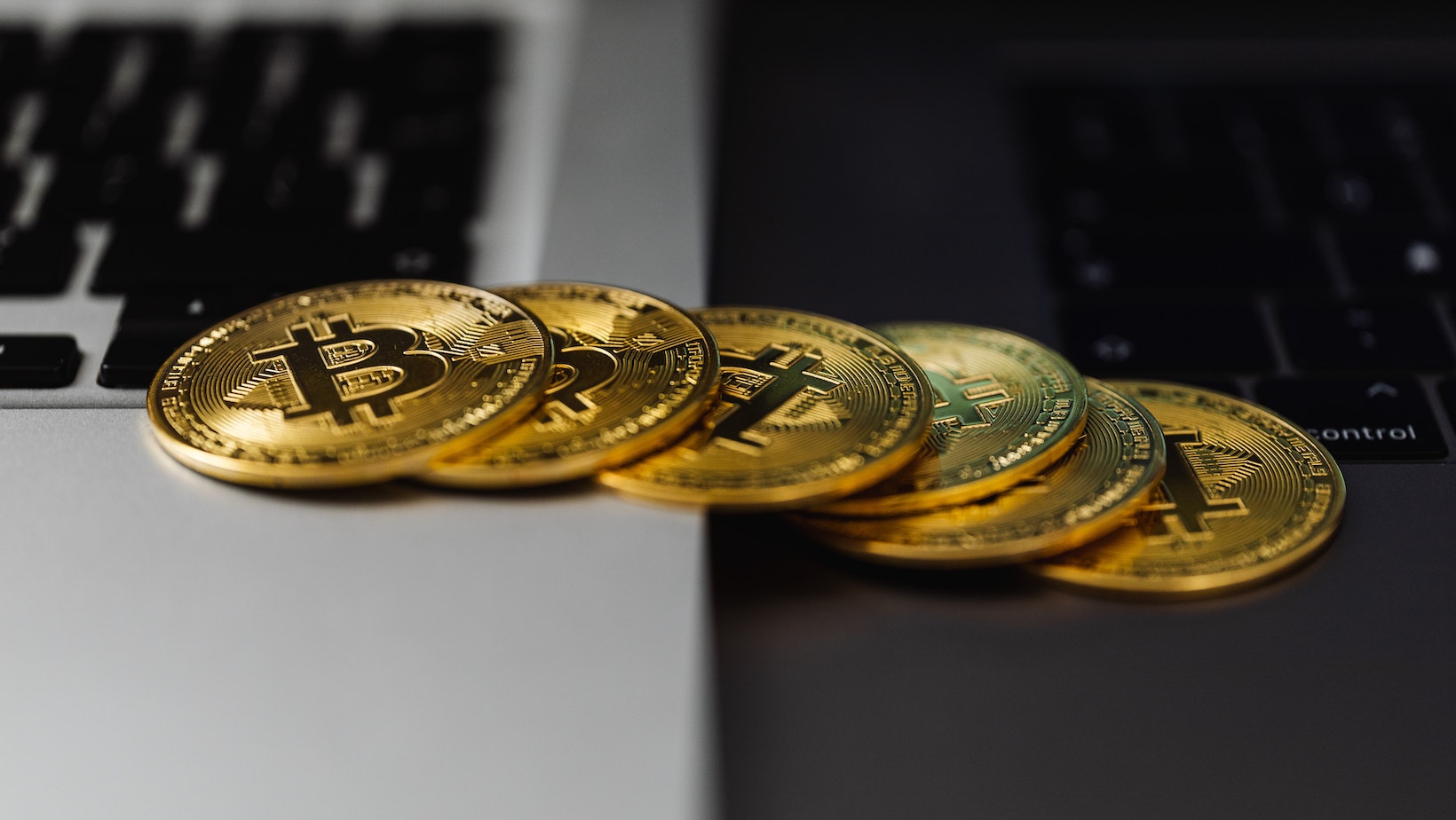
Stablecoins are a special type of cryptocurrency. They are distinguished from other digital assets by their stable price relative to the underlying asset. The most popular among cryptocurrency market participants are coins with a price pegged to USD.
A coin linked to USD should ideally always cost exactly 1 dollar. Depending on the method of maintaining price stability, centralized and decentralized stablecoins are distinguished. The stability of the price of centralized coins is ensured by real-life money, which is stored in special accounts of the issuing company. Decentralized coins are subject to special algorithms that react to changes in the exchange rate and automatically adjust it.
Stablecoins serve as a bridge between traditional financial markets and the digital asset market. They also serve as safe-haven assets during periods of high market volatility, as well as simplify and reduce the cost of cross-border money transfers. Sometimes, using USDT TRC20 or another cryptocurrency is generally the safest way to send money to a particular country.
Ideal Stablecoins To Invest In
Diversification of the investment portfolio is a necessary condition for protecting capital. The choice of stablecoins for these purposes is quite rich, but crypto market participants most often choose time-tested coins.
Tether (USDT)
USDT is the oldest, most famous, and one of the most reliable stablecoins in existence. It is consistently included in the TOP 10 of the most capitalized cryptocurrencies and is a confident leader in its segment in all major market characteristics. The coin is minted by Tether Limited. Each token is backed by a real-life US dollar.
Initially, USDT functioned on the basis of the Ethereum blockchain, but later, the issuance of tokens was established on other blockchains. Technically, this is still the same USDT; that is, the exchange of USDT-BEP20 to TRC20 has nothing to do with capital diversification.

However, this is not a meaningless operation since each of the technical variants of the coin makes it possible to make maximum use of the functionality of its native network. In addition, transfers of tokens of different standards differ in commission sizes.
DAI
Dai is the most capitalized and best-known of the decentralized stablecoins. The coin is issued against Ethereum; its price is tied to USD in a 1:1 ratio. To create new tokens, the user deposits collateral in ETH. As the price of a token rises, users are incentivized to create new coins. When the price falls, many return their coins to the pool, and the price stabilizes.
US Dollar Coin (USDC)
USDC was issued by the CENTER consortium and is a token that is fully backed by US dollars. Decentralization is made possible by allowing various projects to join the network of USDC issuers, which is controlled by the CIRCLE project. Each of these projects maintains its own financial reserves to ensure the stability of the tokens they issue.
True US Dollar (TUSD)
TUSD, the first regulated coin to be issued, was a true innovation in the industry. TrustToken Inc. audited by Cohen & Co. This high level of transparency ensures the stability of the token, which is fully backed by the US dollar.
However, it should be noted that the platform is not completely decentralized. Any changes made to the TUSD platform itself could potentially impact crypto traders and cause losses.
However, it should be remembered that all digital assets are considered high-risk.

Stablecoins are no exception either. Centralized coins are completely dependent on the issuer, while decentralized ones are more susceptible to technical risks. Therefore, for reasons of financial security, it is better to combine several stablecoins in an investment portfolio.












